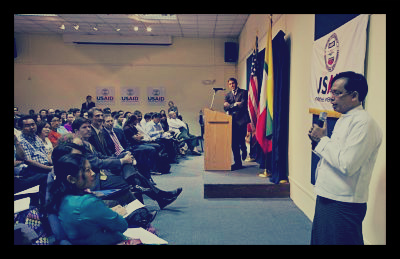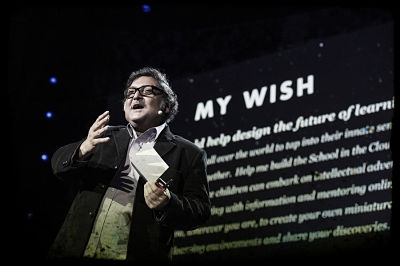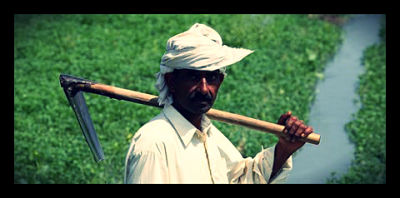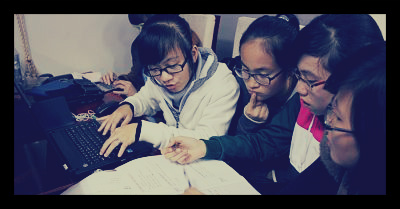
The U.S. Agency for International Development (USAID) has partnered with U.S. technology and communications giant, Cisco, to provide Burma with two new technical education centers. The two Cisco Networking Academies will provide valuable skills in information and communications technology to the developing nation, and provide citizens with job-ready abilities to bolster the country’s growing information and communications tech (ICT) industry.
The USAID Administrator, Dr. Rajiv Shah, has said that technology infrastructure can create stable and continued economic growth and development, and that “ICT can expand economic opportunities, transform public service delivery, and provide more opportunities for citizen engagement.”
Cisco has been a continual partner of USAID, having established networking education centers in over 165 countries, which have provided relevant skills for entry-level careers in ICT while also developing other valuable general career abilities including “problem-solving, collaboration, and critical thinking.”
In Burma, Cisco has agreed to donate the equipment needed to start the two Networking Academies and the training for 15 faculty members. Sandy Walsh, Director of Cisco’s Social Innovation Group, said that Cisco is dedicated to providing education to help continue technological development in “emerging economies,” and that the academies will aid Burmese citizens in gaining career skills needed in the 21st century.
Three additional American tech leaders, including Intel, Microsoft, and Hewlett-Packard, participated in a technology delegation to Burma, also led by USAID, in hopes of continued collaboration that will increase internet access and promote digital literacy and government openness. The partnership between USAID and Cisco hopes to create alliances with American tech companies, the local government, and the private sector to increase “social and economic development” using technological resources.
– Christina Kindlon
Source: USAID
Photo: VOA
 An interesting debate has quietly ignited in the education and technology world, revolving specifically around developing countries. During the TED 2013 Conference, Sugata Mitra, a TED veteran, proposed his ‘wish’ for a
An interesting debate has quietly ignited in the education and technology world, revolving specifically around developing countries. During the TED 2013 Conference, Sugata Mitra, a TED veteran, proposed his ‘wish’ for a 

 Who runs the world? According to a very popular song of Beyoncé’s, girls do.
Who runs the world? According to a very popular song of Beyoncé’s, girls do.

 As part of a larger effort to further education in Pakistan, USAID has awarded scholarships to 150 students of Azad Jammu and Kashmir (AJK). The students are enrolled for either the two-year Associate Degree in Education program or the four-year Bachelor of Arts Degree in Education program and are candidates the teachers who will go on to educate Pakistani youth. This is an important part of USAID’s collaboration with the Government of Pakistan in the larger Teacher Education Project. The project, which is slated to run for five years, includes an updated and standardized curriculum in 22 Pakistani universities and 75 teacher colleges.
As part of a larger effort to further education in Pakistan, USAID has awarded scholarships to 150 students of Azad Jammu and Kashmir (AJK). The students are enrolled for either the two-year Associate Degree in Education program or the four-year Bachelor of Arts Degree in Education program and are candidates the teachers who will go on to educate Pakistani youth. This is an important part of USAID’s collaboration with the Government of Pakistan in the larger Teacher Education Project. The project, which is slated to run for five years, includes an updated and standardized curriculum in 22 Pakistani universities and 75 teacher colleges.
 March 15 will mark the 25th anniversary of the charity organization Comic Relief’s Biannual Red Nose Day. The event, which began in the UK in 1988, is an all-day affair that showcases British comedians performing telethon-style with the ultimate goal of raising money for poverty reduction in Africa. Since the first event, the organization has raised 660 million pounds for the cause.
March 15 will mark the 25th anniversary of the charity organization Comic Relief’s Biannual Red Nose Day. The event, which began in the UK in 1988, is an all-day affair that showcases British comedians performing telethon-style with the ultimate goal of raising money for poverty reduction in Africa. Since the first event, the organization has raised 660 million pounds for the cause.